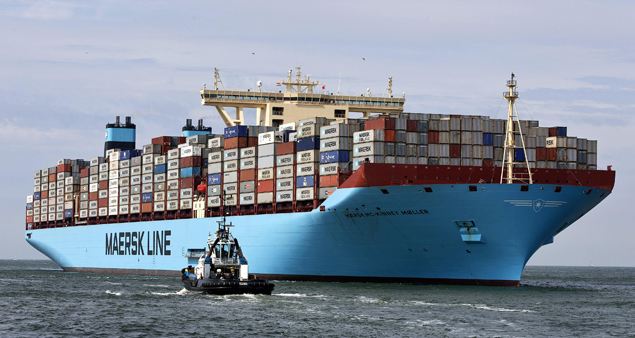Not exactly the news that any shippers, carriers, and forwarders wanted to hear, but a grounded mega ship has paralysed the Suez Canal, the world’s most critical trade artery, instigating a serious build-up of traffic sending ripples of disruptions across the global supply chain that is already stretched to the limit.
The quickest sea route between Asia and Europe is gridlocked by a 400 meter long, 224,000 ton container ship, "Ever Given", operated by Evergreen, after it was knocked off course by strong winds and a sandstorm early Tuesday March 23. As gusts of wind that reached as high as 46 mph swept up dust and sand around it, causing the crew to lose control of the ship and sending the ship sideways, gridlocking the entirety of the channel.
Hundreds of vessels, mostly bulk carriers, container ships carrying consumer goods, LNG vessels, oil and chemical tankers have been delayed and are still waiting to cross the canal. Carriers, shippers, and forwarders have been forced to re-route cargoes around the much longer route around Africa. The world’s biggest container line, Maersk, said seven of its vessels had been affected so far, with four of them were stuck in the canal system, and the rest were waiting to enter the passage.
The global trade now fears prolonged delays will have a knock on effect for consumer goods, LNG, and oil prices, which were already volatile. Oil companies are starting to prepare for the worst.
Efforts were underway to re-float the mega ship, raising hope of at least partial congestion to ease, but the operations attempts during the night had been suspended until this morning.
 |
| Putting the scale of things into perspective: the huge CAT loader, more than twice the size of humans, is merely a child's toy compared to the giant ship |
The world’s supply chain industry sets their hopes on SMIT Salvage, a legendary Dutch salvage firm, to save the day. The best temporary solution, undoubtedly, will be pivoting the giant ship to position her alongside the Canal bank, and consequently allowing restricted traffic. However, given the massive weight of the mega ship, the salvors may have to reduce the weight by removing things like the ballast water, and unloading fuel.
If this situation drags on then vessels will be re-routed via the Cape of Good Hope in South Africa which will cause huge increases in transit time, fuels costs and freight rates in an already supercharged freight rate market.
All for now,
Brad Skelton


















